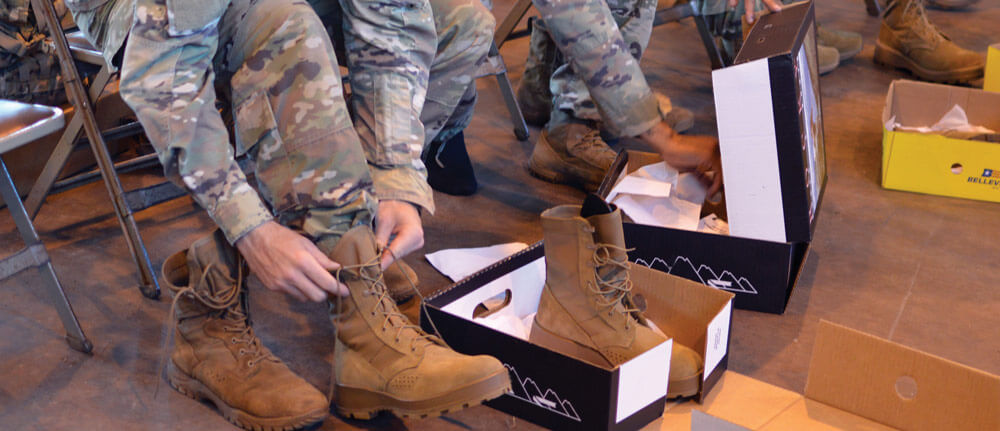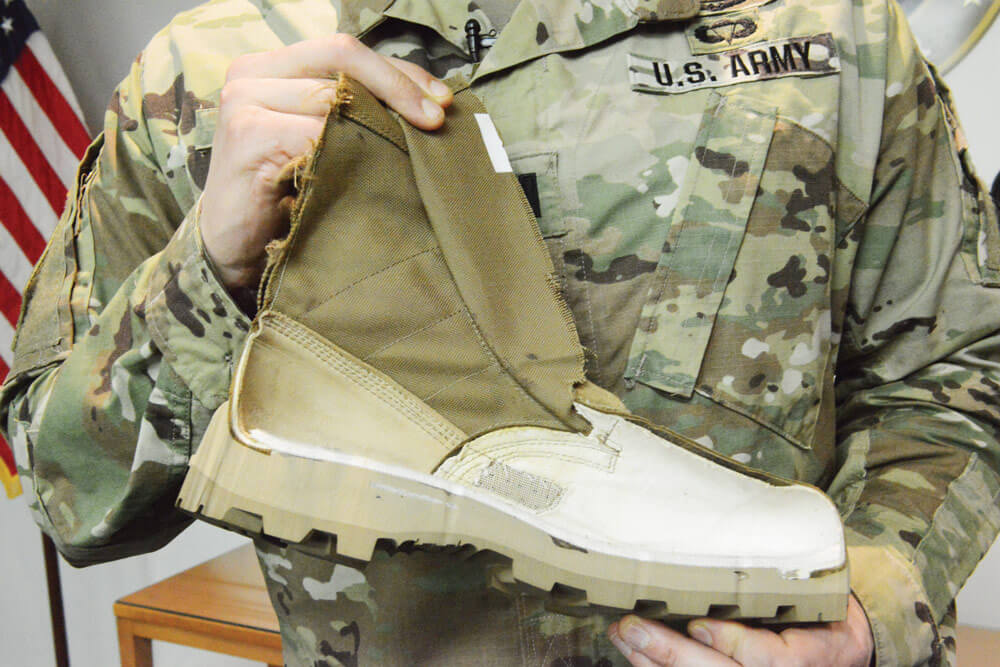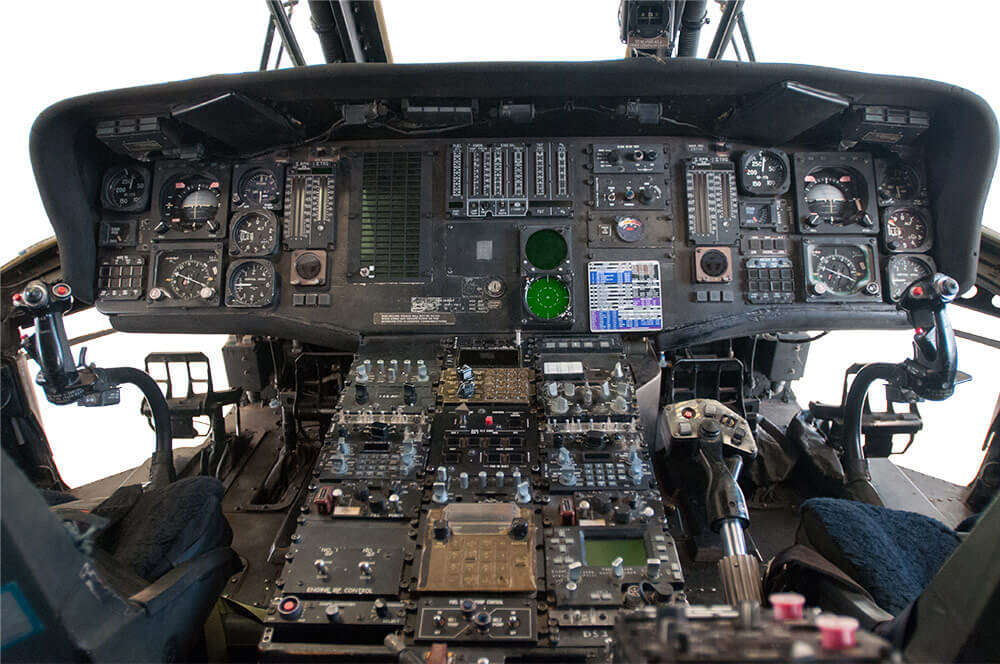New Jungle Combat Boots and Hot Weather Uniform Will Soon Make their Way to Soldiers
As one of the finest military forces in the history of the world, the United States Army is constantly improving. Currently, a plethora of policies, procedures, tactics, weapons and uniforms flows through an ongoing cycle of review and upgrade in order to ensure the Army maintains peak performance. The latest result of that ongoing improvement cycle is a new hot weather uniform, including enhanced jungle boots.
During the Vietnam War, the Army introduced a jungle boot that better protected Soldiers from the hot and damp weather of the jungle nation. In the 43 years since the end of the Vietnam War, that boot has remained largely unchanged. That may be somewhat due to the fact that the past 20 years in the arid deserts of Iraq and Afghanistan offered little moisture for the boot to contend with. However, as more training operations began to be conducted in the wetlands of the South Pacific, Soldiers once again were in need of a boot more suited to hold up in tropical environments. Responding to this need, the Army’s Program Executive Office (PEO) Soldier began developing the new Army Jungle Combat Boot (JCB).

Incorporated into the JCB are features derived from both the M1966 Vietnam-era jungle boot and modern technology.
The M1966 had a solid rubber sole that Soldiers reportedly said had no shock absorbency. The JCB uses a similar tread as the M1966 – an “outsole” – to shed mud and provide traction, but an added “midsole” offers increased comfort and shock absorbency, according to Albert Adams of the Army Natick Soldier Research, Development and Engineering Center.
“The outsole of the new boot is connected to the leather upper via ‘direct attach,’” Adams said in an Army.mil interview. “That’s a process where a kind of liquid foam is poured between the rubber outsole and leather boot upper. [It’s] a lot like an injection molding process.
“The foam layer not only provides greater shock-absorbing capability, but it also keeps out microbes in hot, wet environments that in the past have been shown to eat away at the glues that held older boots together. So [now] the new boots won’t separate at the soles,” Adams continued. “It provides a high level of durability.”
The JCB also features a layer that prevents foreign items from puncturing the sole of the boot. This was accomplished with a steel plate in the M1966 boot, but the JCB uses a ballistic fabric-like layer to include the additional protection.
The boot also has additional drainage holes to let water out if it becomes completely soaked, speed laces so that Soldiers can quickly put on and take off the boots, a redesigned upper to make the new boots less tight, an insert that helps improve water drainage, and a lining that supports better ventilation and faster drying time.

A Version 1 JCB was issued to the Soldiers of the 25th Infantry Division in Hawaii for initial field testing in the middle of 2017. The Soldiers’ feedback was incorporated into five variants of a Version 2 boot, all of which incorporate a variety of changes, including a decrease in weight and height, and an increase in flexibility.
The Version 1 boot weighed 2 pounds, which Soldiers thought was too heavy for a combat boot, according to PEO Soldier reports. With the new boot, the weight was decreased from 2 pounds to 1-½ pounds. Additionally, the Version 1 boot added 2 inches to the height of Soldiers, which put them at a greater risk for rolled or twisted ankles. To rectify that issue, the Version 2 JCB is ½ inch shorter. Finally, to further highlight its ability as an effective piece of wet weather gear, the boot’s drying time was reduced by one hour.
The Version 2 JCB went into field testing with the 25th this past February. According to PEO Soldier, feedback from this round of testing will be used to create a final version of the boot, and mass production will begin at some point in 2019.
While the JCB will be authorized for wear by all Soldiers, only units with a high need will receive them as standard issue gear. Soldiers who are not issued the JCB will be allowed to purchase them for approved wear.
Accompanying the JCB is an improved hot weather combat uniform. The new uniform removes several features from the current uniform that weigh it down and lock in heat.
For example, the most noticeable difference for Soldiers wearing the new uniform is the lack of zippers. While zippers may be more convenient, they also decrease the breathability of the fabric. Zippers hold in body heat, whereas the gap between buttons allows heat to escape.
Another notable difference is the flat-out removal of some pockets. The breast and rear trouser pockets are removed from the new uniform for a very basic reason. The added convenience of extra pockets is outweighed by the extra heat that is trapped and contained by the additional fabric layer and seams.
Other major improvements include changes in the crotch and knee areas of the trousers. The two sections were redesigned to be sturdier, more breathable, and more resistant to tears. The seams that make up the crotch are now gusseted for a better fit and to give more room – allowing for better air circulation, making the pants more breathable. Similarly, the seams in the knee area were altered to give the fabric more flex. This should allow Soldiers to bend and maneuver more easily while wearing the pants. For any Soldier who will be wearing the new hot weather uniform, the improvements in fit and comfort are likely a welcomed change.
The improved hot weather uniform is slightly behind the JCB in its phase of development. According to program officials at PEO Soldier, the new uniform has gone through an initial field test, and depending on feedback from that field test, a second round of testing and usage may take place later this year.
By Staff Writer Liam Griffin



